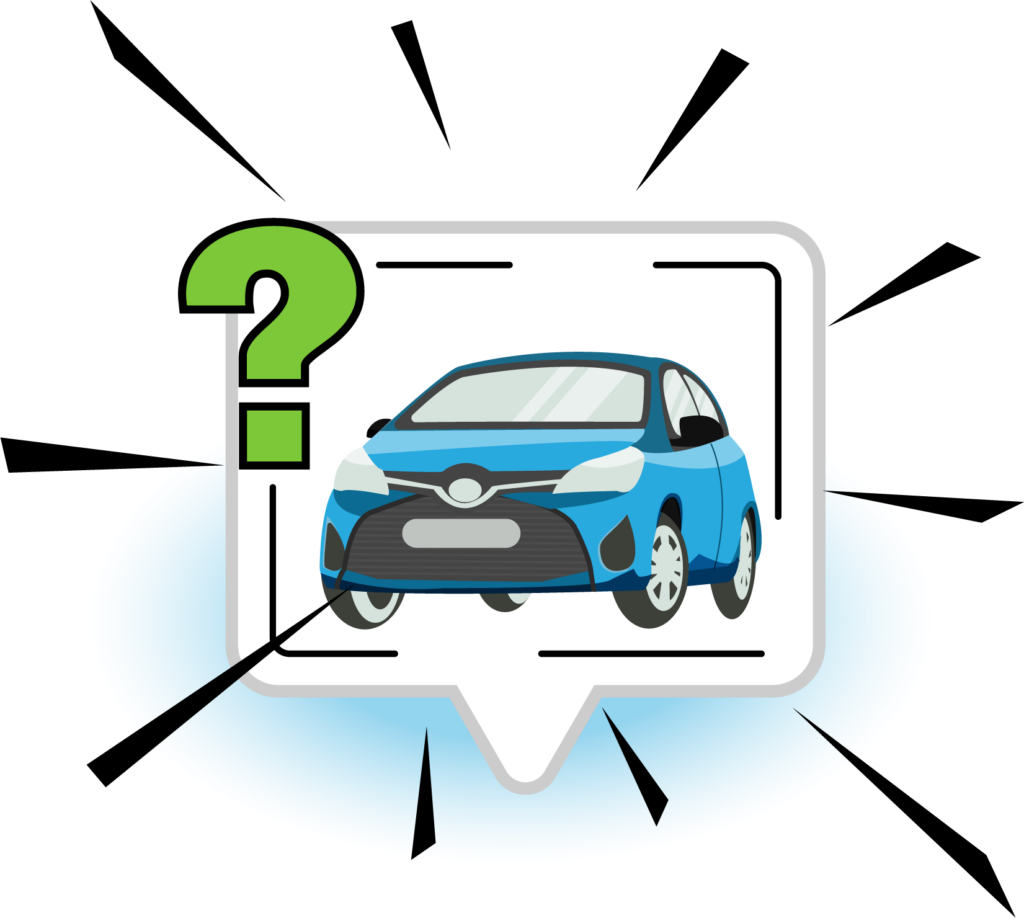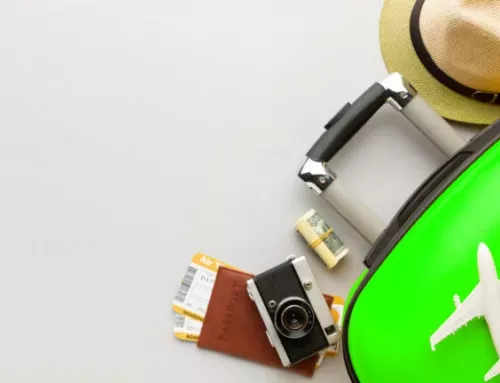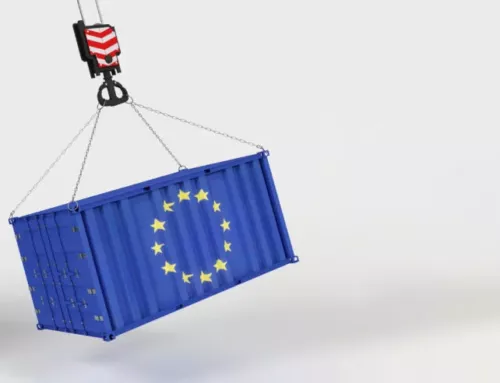
When the worker drives a company car, who is liable for the fine?
ANSWER:
As far as driving the company car is concerned, according to the Article 135 of the Highway Codewhenever the code is breached, the liability lies with the driver.
In the case of infractions that are not liable to be reported at the time they occurAs with speeding or parking fines, if it is not known who the driver is, the responsibility lies with the vehicle ownerIn this case, the driver is liable in such a case.
Liability for Fines on Company Vehicles
The question of who is liable for a fine when an employee drives a company car is a common doubt between employers and employees. This situation is regulated by the Highway Codeparticularly in its Article 135which specifies the conditions under which the driver and owner of the vehicle can be held liable for road traffic offences.
Driver liability
When an employee is behind the wheel of a company car and commits an offence, such as speeding or disrespecting a traffic sign, the driver is usually responsible for the fine. This is because it is the driver who has the direct vehicle control and therefore who is in a position to ensure compliance with traffic regulations.
A individual responsibility The driver's responsibility is clear in situations where the offence is detected directly by the authorities, such as during a stop operation, where the driver is identified immediately. In these cases, there is no doubt about who committed the offence, and the fine will be imposed directly on the worker.
Offences Not Detected at the Time
However, there are situations in which the offence is not verified at the time it occurs. This is the case with fines for speeding captured by speed cameras or fines for improper parkingThe driver's identity may not be immediately known. When this happens, the initial responsibility falls on the vehicle ownerwhich, in this case, is the company.
The company, as the owner, receives notification of the infringement and is considered to be responsible for the fine unless it can identify the driver at the time of the offence. According to the Highway Code, the company has the option of submitting a declaration identifying the driver who was using the vehicle at the time of the offence. Once the driver has been identified, responsibility is transferred to him and the fine will be imposed on him.
Proof of Misuse
There is also a third, less common situation, in which the company can claim that the vehicle was used in a way that was not appropriate for the company. abusive or contrary to orders or instructions given to the worker. In this case, the company will have to prove that the driver was using the vehicle outside of the terms of authorisation granted, which, if proven, will also transfer responsibility for the offence to the driver.
This scenario can arise, for example, if an employee is using the vehicle for personal purposes outside of working hours or in a way that goes against company policies, such as participating in unauthorised activities or violating internal rules. However, it is the company's responsibility to prove that such misuse has actually taken place.
Consequences for the Worker and the Company
The practical implication of these rules is that the employee, when driving a company vehicle, assumes responsibility for any offences they commit. Although the company may be notified initially, it has the right to transfer this responsibility to the employee, provided that it can prove it properly. That's why it's important for companies to maintain a clear record of who is using their vehicles at any time, making it easier to identify the driver in the event of an offence.
For the employee, this means that they must drive the company vehicle with the same care and responsibility as if they were driving their own. Fines for traffic offences committed while using the company vehicle can result in financial consequences and even disciplinary if there is a violation of the company's internal policies.
Conclusion
In summary, responsibility for fines for offences committed at the wheel of a company vehicle rests, in most cases, with the driver. However, when the offence is not detected at the time, the initial responsibility lies with the owner, who can transfer it to the driver as soon as they identify him. Abusive use or use outside the company's orders can also shift the responsibility to the employee, requiring proof on the part of the company. For both, driver and companyIn order to avoid problems and ensure that responsibilities are correctly assigned, it is essential to maintain clear communication and accurate records of vehicle use.
If you have any questions, don't hesitate to contact contact us.





